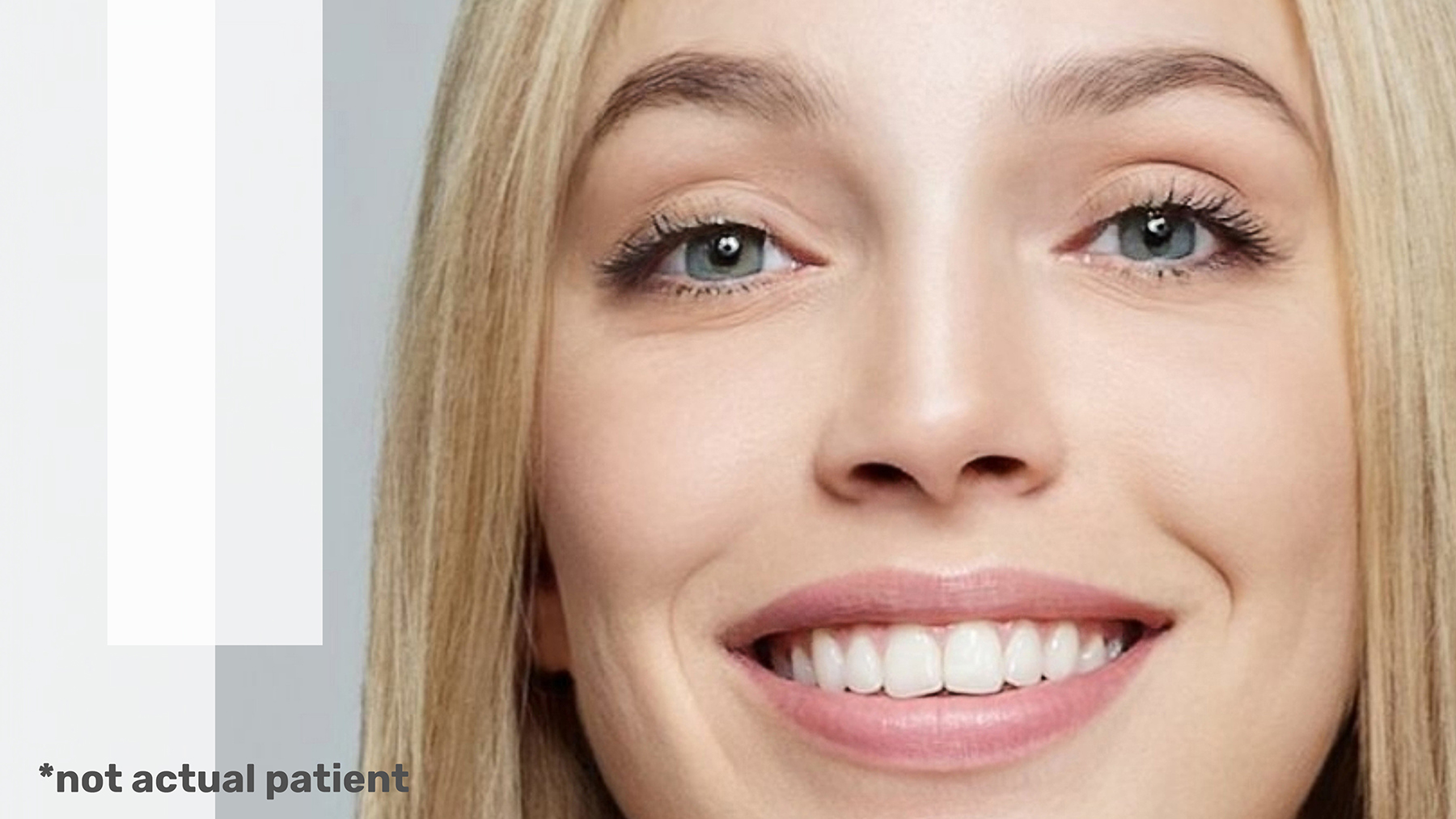The hunt for beauty can hurt your lids

Today, we’re used to finding quick solutions to aesthetic issues through beauty products or home remedies. In fact, 36% of U.S. adults wanted to improve their appearance using cosmetic treatments in 2019. Got a blemish? There's a concealer for that. Stained teeth? Try whitening strips. But what happens when an aesthetic issue is actually something more problematic?
No one likes droopy lids. From contouring makeup to lifting eye strips, people will try almost anything to lift them. But when it comes to acquired ptosis, there’s more than meets the eye; it’s a medical problem, not just a beauty one.
Ptosis occurs when the eyelid muscles stretch and weaken, causing droopy or sagging lids. And more people have it than you might think. An online survey of 10,000 women between the ages of 20-70 years old indicated that up to 60% of adult women in the US may self-identify as having ptosis. However, many people go undiagnosed, and without a proper understanding of the condition, many sufferers turn to cosmetic tips to help them.
There are a growing number of online resources that attempt to remedy droopy eyelids through beauty routines. While the tips may provide temporary relief, these cosmetic corrections fail to address the root causes. Ultimately, the condition requires medical attention. Over time, ptosis could impair your vision or cause eye pain. Not to mention, it can make you look older than you are, impacting your self-esteem.
You don’t have to struggle with low-lying lids alone. If you think you may have ptosis, talk to your healthcare about an official diagnosis.
